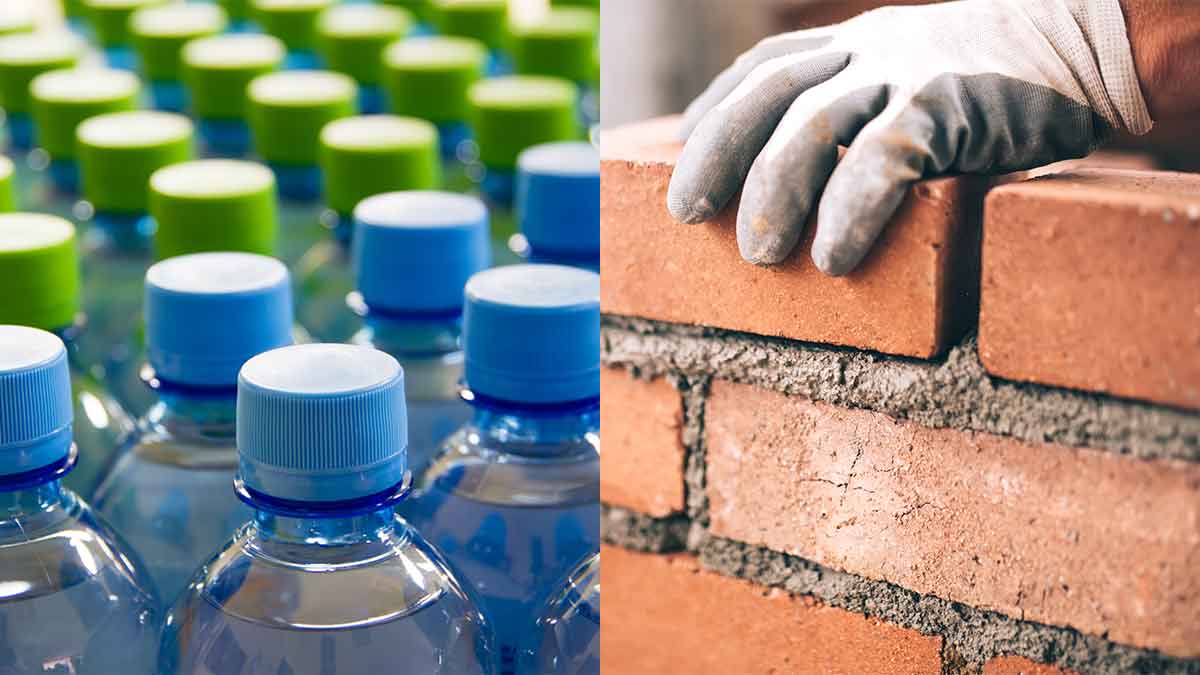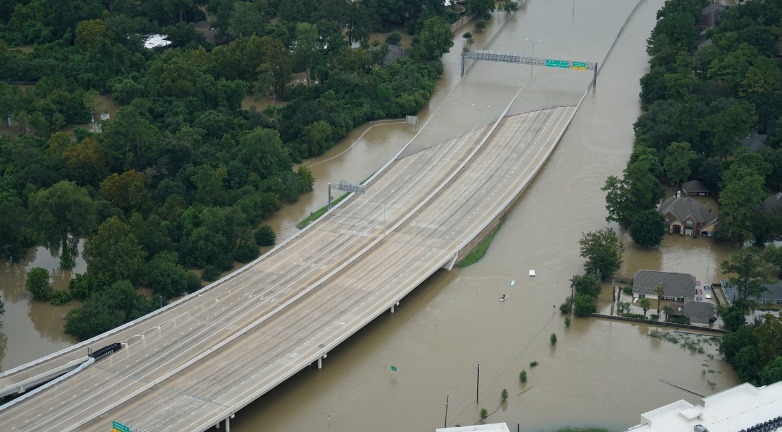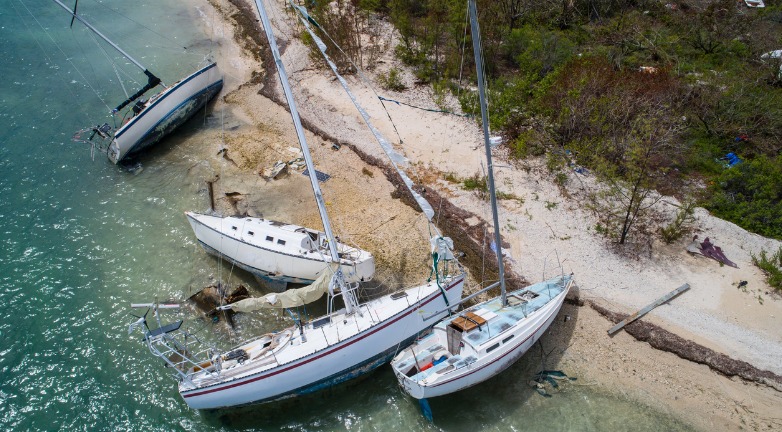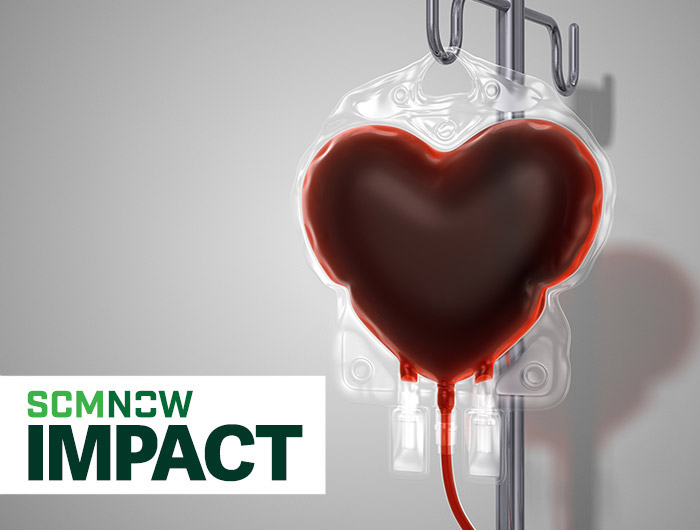Recently, North America has been overwhelmed with numerous natural disasters and environmental crises that continue to demand attention and aid. Consider Mexico’s two devastating earthquakes; Hurricanes Harvey, Irma, Jose and Maria ravaging southern states and islands; and the continued wildfire crisis in Northern California. At all times, there’s no limit to the aid that supply chain professionals can offer.
The American Logistics Aid Network (ALAN) provides supply chain and logistics support to disaster relief efforts and continues to update its logistics map with supply chain-related needs, such as transportation and warehouse space. Companies can contribute to ALAN’s recovery efforts through in-kind logistics services or equipment, sponsorship, donation or volunteering.
In addition, the Federal Emergency Management Agency (FEMA) maintains the Hurricane Workforce, which offers temporary disaster relief jobs in areas affected by the hurricanes. FEMA also has a reservist program that maintains an on-call workforce of professionals deployed during disasters. While the program always accepts applications, it specifically is looking for people with experience in areas such as logistics, information technology and systems. Reservists work on an on-call basis, must be able to travel within 24-48 hours and be deployed for 30 or more days.
Further, the National Voluntary Organizations Active in Disaster (VOAD) is an association of groups that alleviate the impact of disasters by providing a forum that promotes cooperation, communication, coordination and collaboration, and encourages effective delivery of services to disaster-affected communities. National VOAD has a robust volunteer network and is currently registering people to help in Puerto Rico, US Virgin Islands, Florida, Georgia, Texas and Louisiana. Visit the National VOAD volunteer page for more information or to volunteer.
It’s important to remember during times like these that offering cash donations is one of the most effective ways to aid those in need. Cash ensures organizations can provide a steady flow of services and enables disaster survivors to meet their own needs. You can donate funds directly to the Commonwealth of Puerto Rico or the American Red Cross by texting REDCROSS to 90999. Visit the National VOAD organization member page to contribute to charities such as The Salvation Army or United Way.
If you are interested in donating goods, FEMA suggests donors first work with organizations in the affected areas to identify what and how much is needed when; arrange transportation to deliver the goods; and identify who will distribute the items to those in need.
The fallout from natural disasters has long-term effects that continue to require aid. As we have done for many years, APICS is partnering with ALAN to offer supply chain and logistics support to affected communities. We’re also a member of the United Nations Global Compact, and have included information from it in the new CPIM program.
Be it time, money or resources, supply chain professionals have many options to help those affected by natural disasters and crises. ASCM Members and the supply chain community at large are a force for good when disaster strikes.
Note: We are always looking to share experiences from our members and the work they’re doing to make a difference. Please comment below if you have a story to share.



